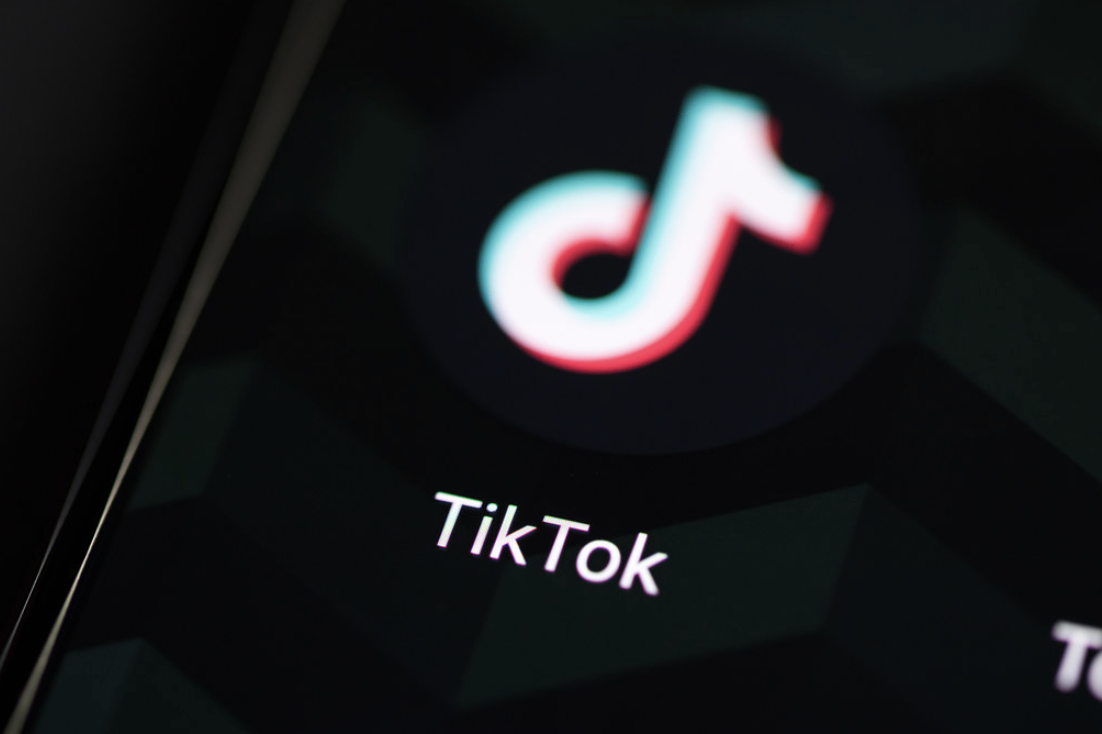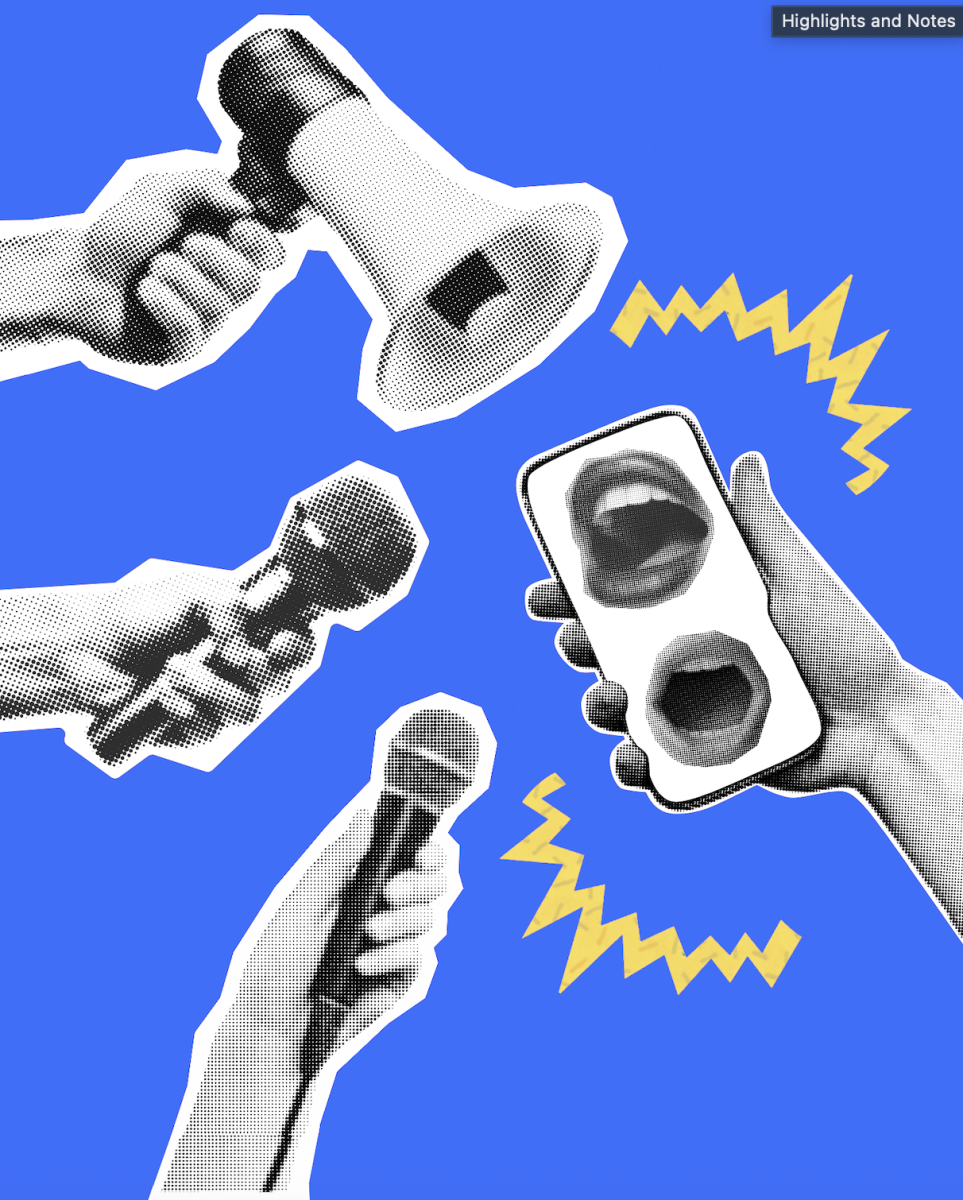After a long day at school, many students decide to unwind through social media to disconnect from their daily routine. While scrolling on apps like TikTok and Instagram it’s common to see influencers promoting their luxurious lifestyles. Whether it’s showcasing an elaborate skincare routine or modeling trendy outfits, these posts often become aspirational goals for young girls. Influencers can earn millions through brand endorsements and featuring products in their videos, creating an unrealistic standard of living.
The push to buy and consume unnecessary products has become more accessible with the rise of online shopping, especially in a post-COVID-19 world. Teens no longer have to go to a physical location to purchase an item, instead, shopping is at their fingertips. Since buying online has become faster and cheaper it has increased significantly in recent years. According to the Center for Biological Diversity, the fashion industry contributed 92 million tons of waste and used 79 million liters of water to create clothing. The effects of overconsumption is harming the environment and creating landfills overflowing with single use products or clothes only worn once.
There has been a rise in a new trend that challenged the Overconsumption Lifestyle or “Get Ready with Me” videos. The new TikTok trend is called “underconsumption core,” where creators film their minimal and frugal lifestyles, reusing whenever possible and avoiding waste. The underconsumption core trend poses a direct challenge to consumerism culture. Instead of large hauls from trendy stores, creators post thrift videos and modest closets, which are more realistic for everyday Americans. They also promote environmentally friendly practices by buying secondhand and finding ways to revamp items that would otherwise be thrown away.
Today, Gen Z is facing increasing economic, environmental, and social pressures. Katia Dayan Vladimirova, senior lecturer at the University of Geneva and founder of the Sustainable Fashion Consumption research network, highlights that “what is good for the planet is also good for our mental health and well-being. If we buy less, but we buy more mindfully, we are happier. And the planet is going to thank us because we don’t need that much stuff.” Consumers should approach shopping with a more eco-conscious perspective and consider how necessary their buying is. When you’re scrolling on social media and see an eye-catching product, consider if it’s worth purchasing or if it’s only a brief trend that will ultimately be used once. With a more aware mindset while using social media apps like TikTok and Instagram, we can help the environment and prevent further waste.



![[Charlie Kirk] by [Gage Skidmore] is licensed under [CC BY-SA 2.0].](https://flhsprospect.com/wp-content/uploads/2025/09/charlie-kirk-article-1200x800.jpg)




